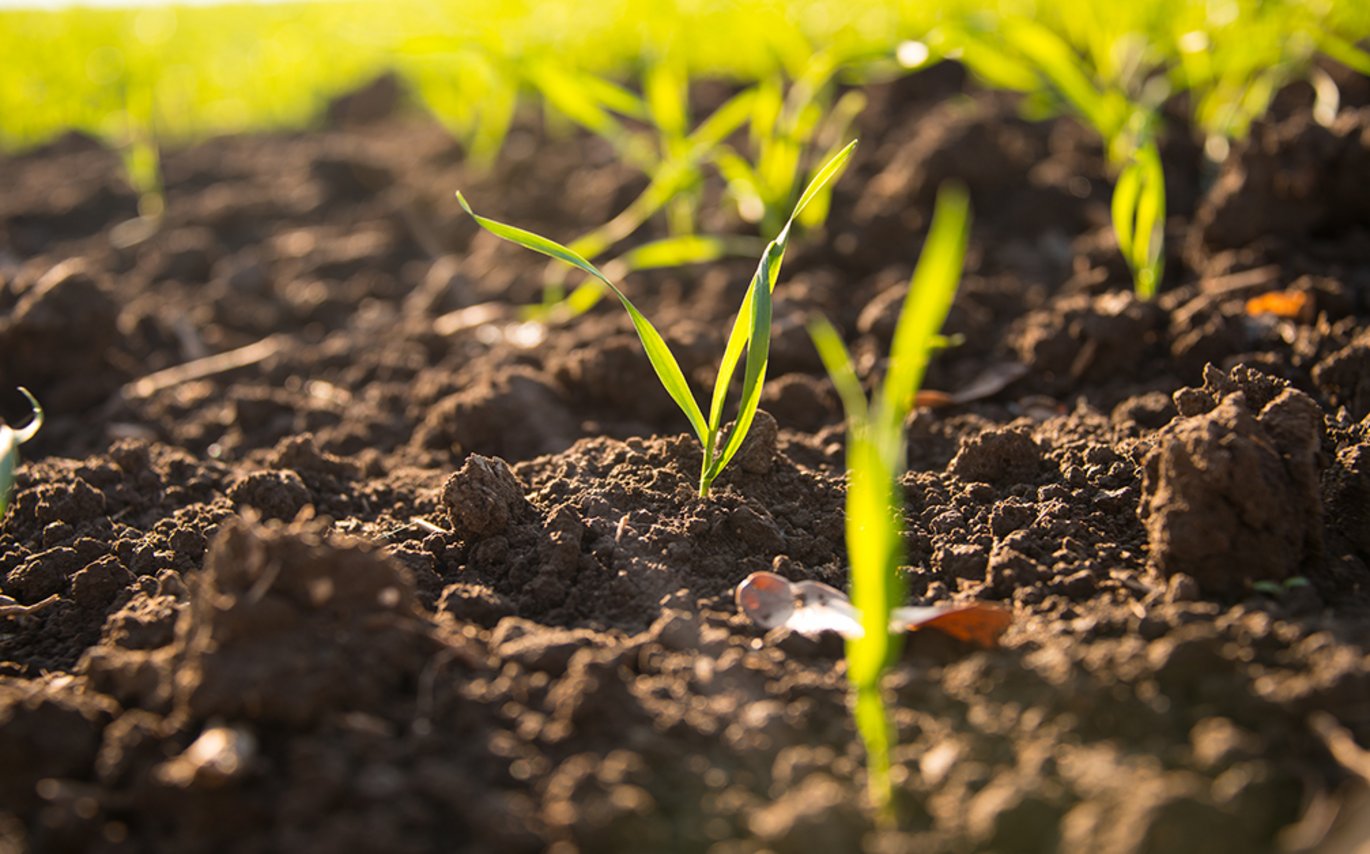New European soil model to enhance sustainable land management
A new digital map of soil health across Europe offers unprecedented opportunities to monitor, analyse, and predict the condition of soils. This groundbreaking tool is set to strengthen research, agricultural advisory services, and policymaking in the pursuit of more sustainable farming practices.

The innovative digital tool enables tracking of soil development over time and assessment of how various climate conditions and land uses affect soil health. Developed by researchers at Aarhus University in collaboration with a broad European network, the model is called the Soil Health Data Cube. It is part of the EU-funded project AI 4 Soil Health, led by Aarhus University.
“This represents a quantum leap in our ability to model and understand soil health. We can analyse historical data while also predicting future developments based on different climate scenarios and land use changes,” says project leader Mogens Humlekrog Greve, Professor at the Department of Agroecology, Aarhus University.
A digital twin of Europe’s soil
The Soil Health Data Cube is a digital model that integrates hundreds of thousands of data points on soil, climate, and vegetation across Europe, from the year 2000 to 2022. Already reaching 30 terabytes in size, the model leverages artificial intelligence and high-performance computing. It compiles information on soil pH, carbon content, and biological indicators, enabling highly precise simulations of complex scenarios.
“This is the first time we have such a detailed and dynamic platform for soil health, which can be used for research, planning, and practical field advisory,” explains Mogens Humlekrog Greve.
A tool for farmers, policymakers, and researchers
With a resolution down to 20–30 meters and over 20 million registered field boundaries, the data cube provides a precise overview of soil condition trends both historical and forward-looking. It could become a key instrument in the green transition of agriculture, for example by identifying carbon storage potential, supporting regenerative farming, or optimizing land use.
The data cube also supports the EU’s upcoming Soil Health Monitoring Law and the goal of having 75% of Europe’s soils healthy by 2030, a target under the European Mission for Soil Health.
Open access and upcoming app
A core objective of AI 4 Soil Health is to ensure open access to data. Policymakers will be able to make faster and more accurate decisions on issues like declining yields and biodiversity loss, while farmers can analyse and test soil management practices with direct benefits in the field.
“We expect to launch an app in 2026 that will give users access to this complex analysis directly from their mobile phones,” says Mogens Humlekrog Greve.
Want to learn more?
The AI 4 Soil Health team invites you to a webinar on Monday, July 7, titled "Unlocking the Power of Open Data for Soil Health." Researchers behind the model will provide a live demonstration of the Soil Health Data Cube and discuss its potential for the future of soil management.
Learn more and register at ai4soilhealth.eu
